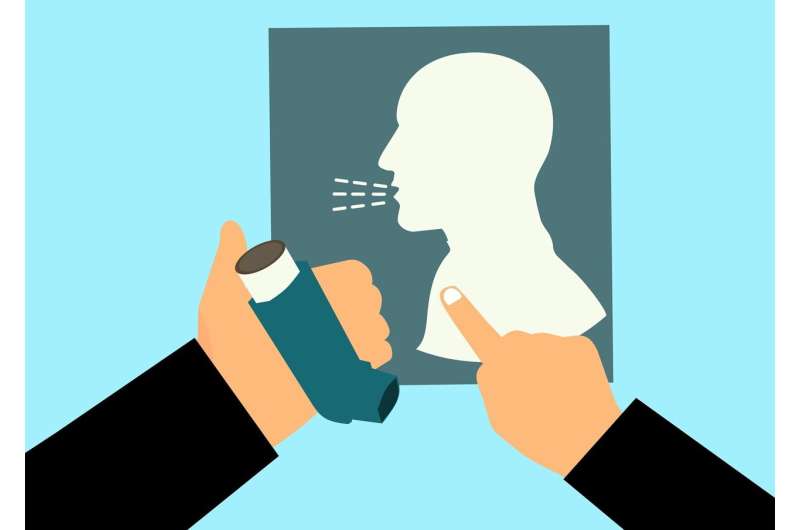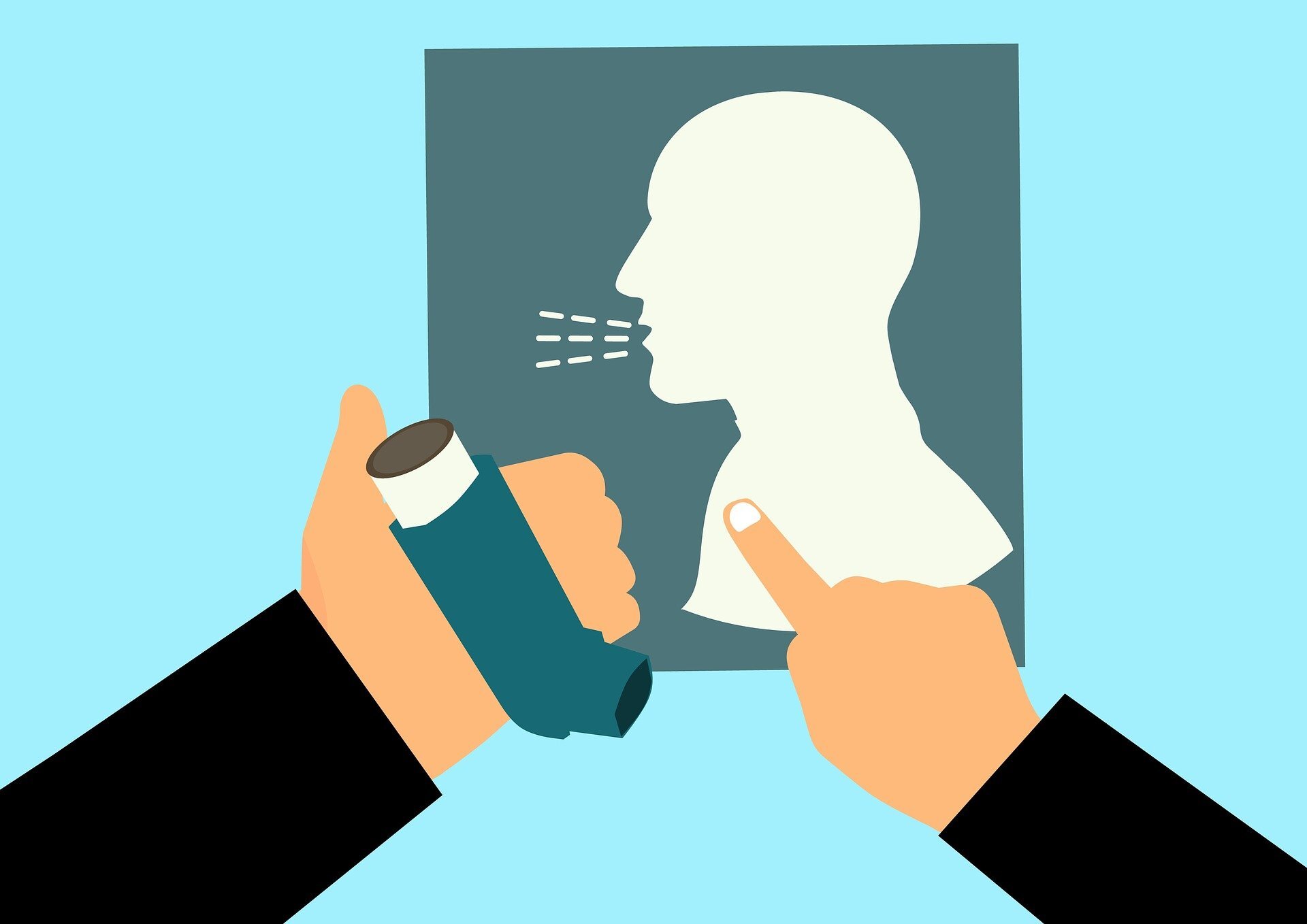
Using inhaled antibiotics to treat lower respiratory tract infections could help reduce antimicrobial resistance, according to researchers from the Universities of Bristol and Bath.
Acute lower respiratory tract infections (aLRTIs) are the most common condition managed in primary care worldwide and antibiotic resistant strains are the leading cause of antimicrobial deaths. Oral antibiotics are currently inappropriately given in around 50% of cases, contributing to antimicrobial resistance and medicines waste.
In an article published in The Lancet Respiratory Medicine (11 May), the researchers propose that inhaled antibiotics could be effective in treating people seen in primary care, particularly those with long term lung conditions such as asthma and COPD (chronic obstructive pulmonary disease). These patients are already familiar with using inhalers, and inhaled antibiotics could deliver higher concentrations in smaller doses than when taken by mouth, and therefore cause less harm.
Professor Alastair Hay from the Centre for Academic Primary Care, University of Bristol and lead author of the article, said: “The evidence base for using of inhaled antibiotics is really lacking, but the evidence that is available suggests that they could be a game-changer when it comes to the treatment of acute lower respiratory tract infections. It’s vital that we consider all possible avenues to reduce antimicrobial resistance, which remains a major threat to public health globally.
“A lot of damage can be done through the inappropriate use of oral antibiotics, including side effects such as diarrhea, vomiting and skin rashes, and damage to healthy gut bacteria that are indiscriminately destroyed, allowing resistant bacteria to flourish. Inhaled antibiotics could reduce side effects and these so-called ‘bystander’ antimicrobial resistance effects, by ensuring only the affected part of the body is treated.
Source: Read Full Article
